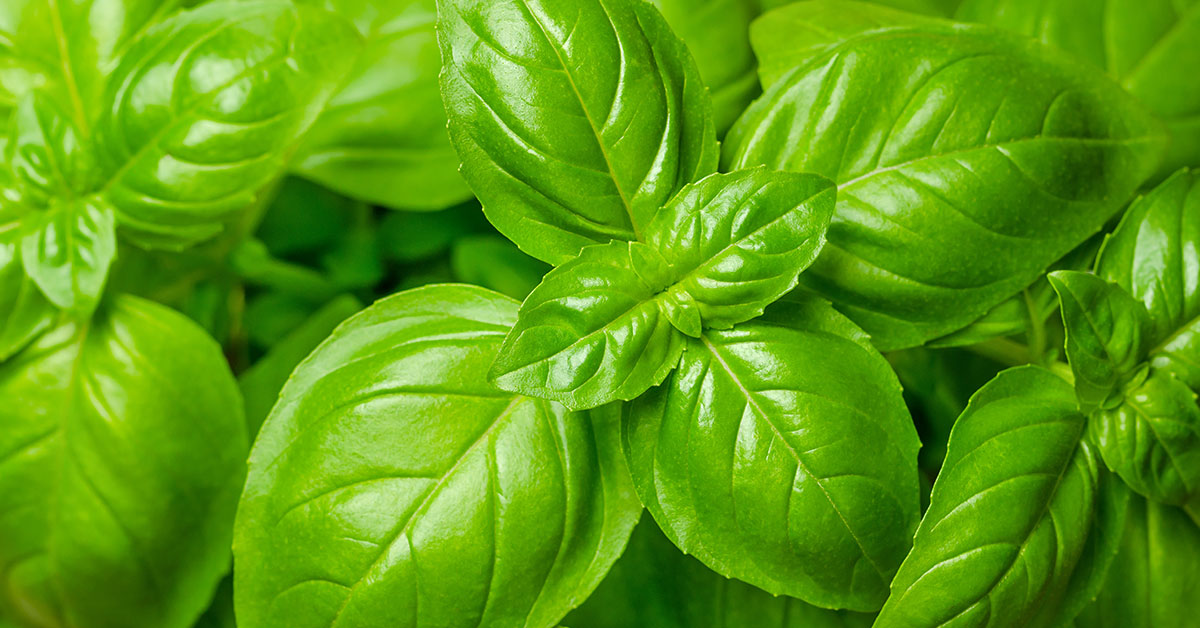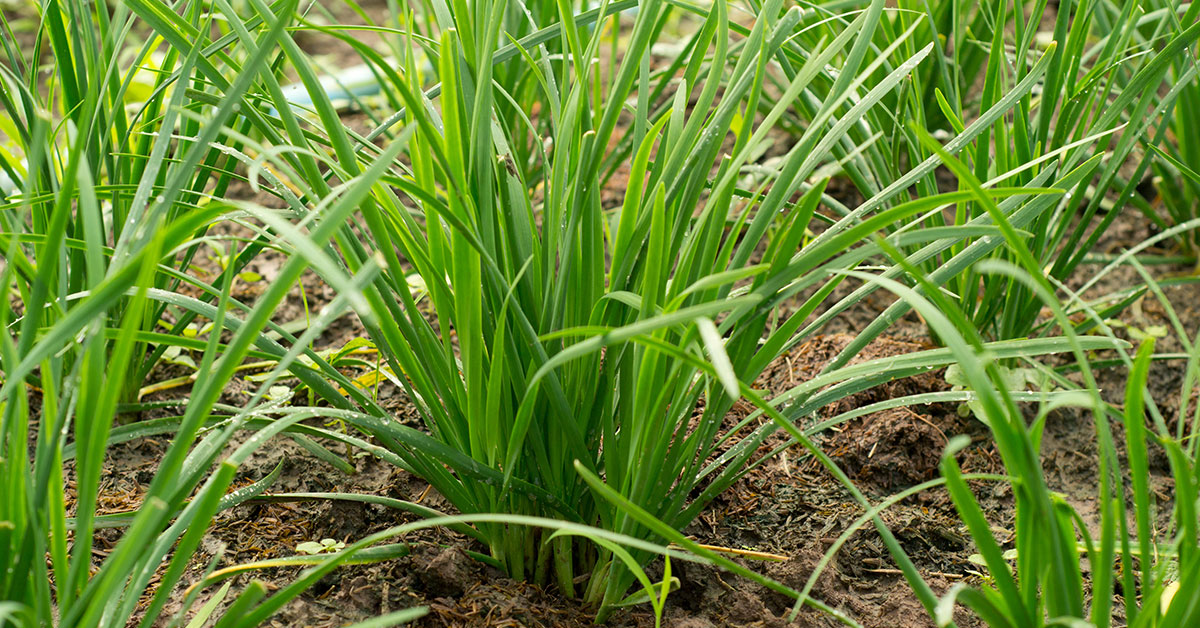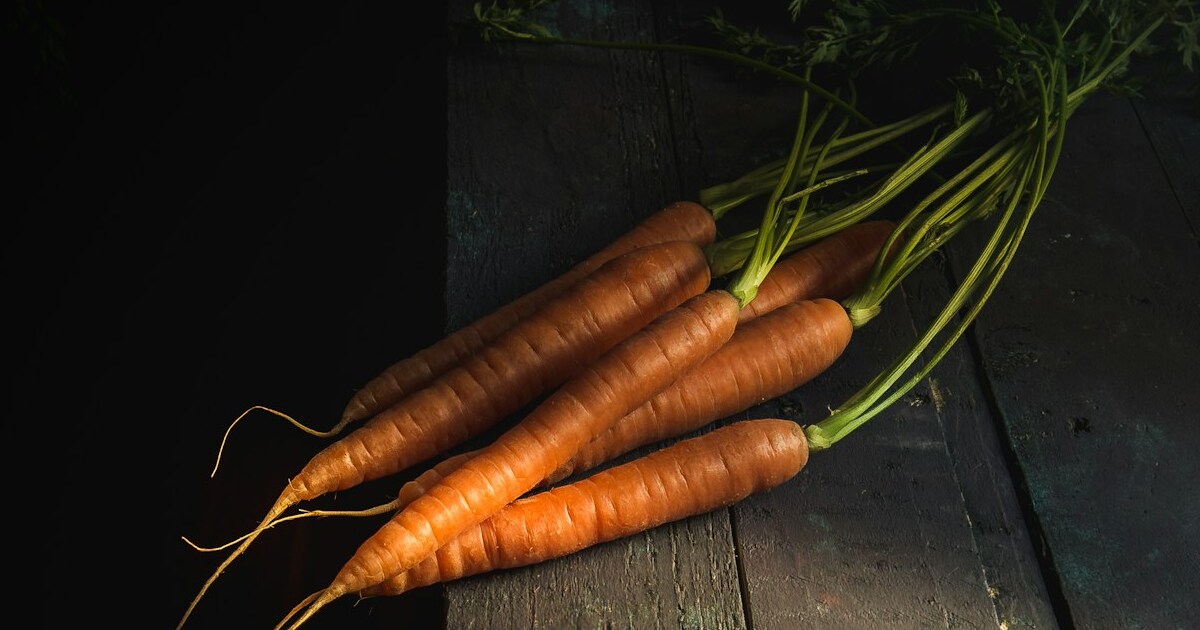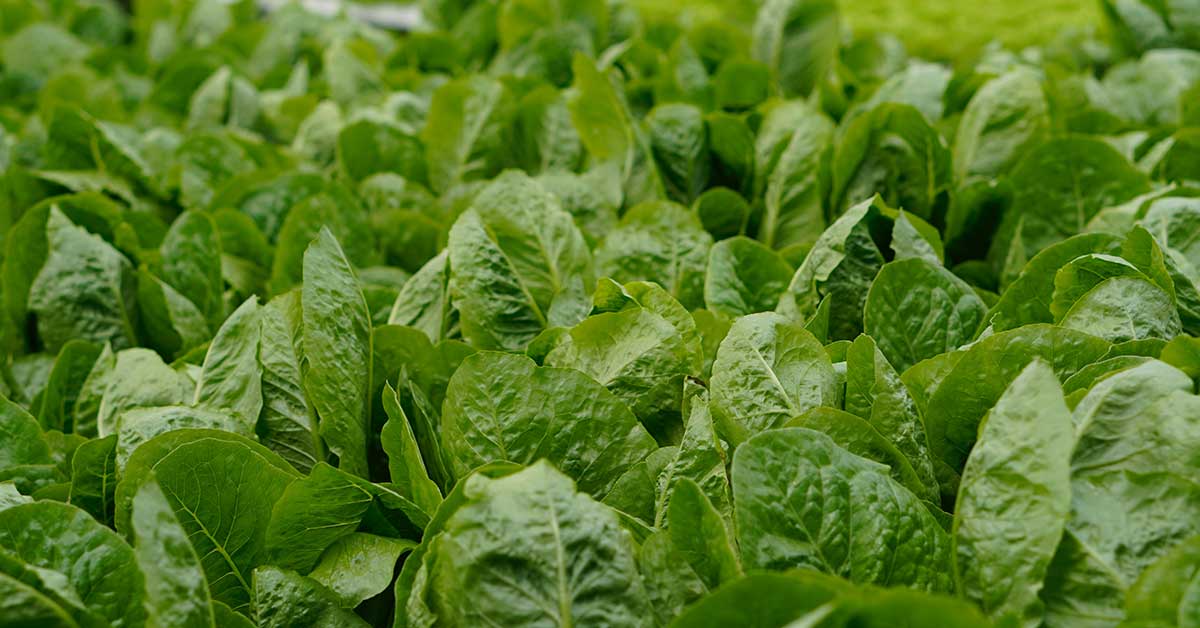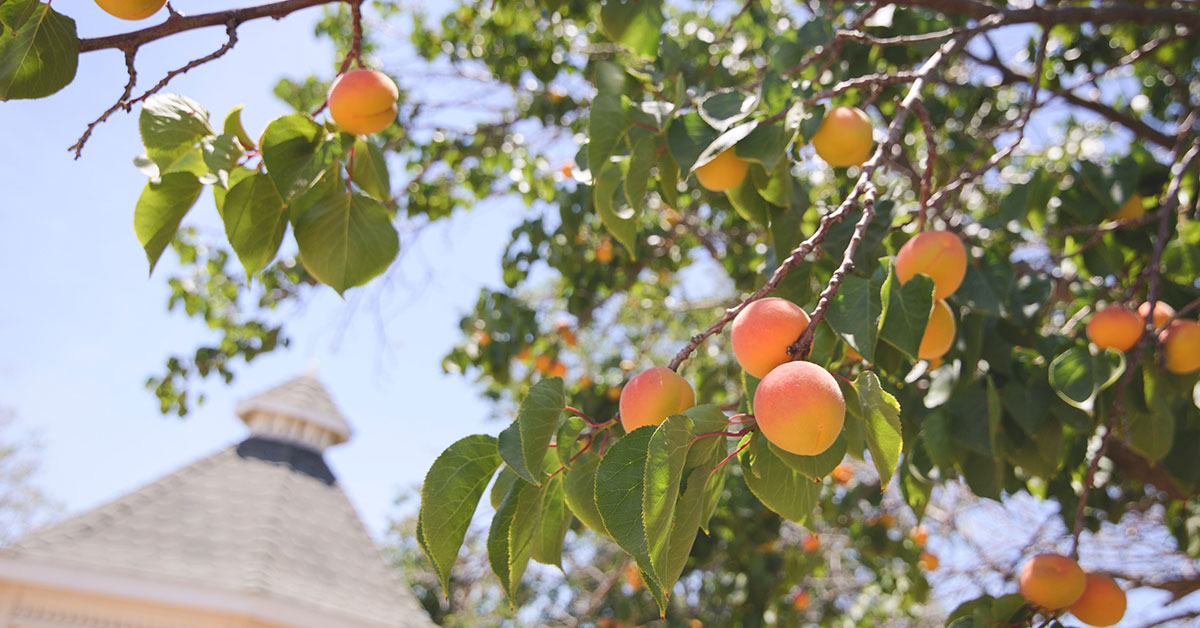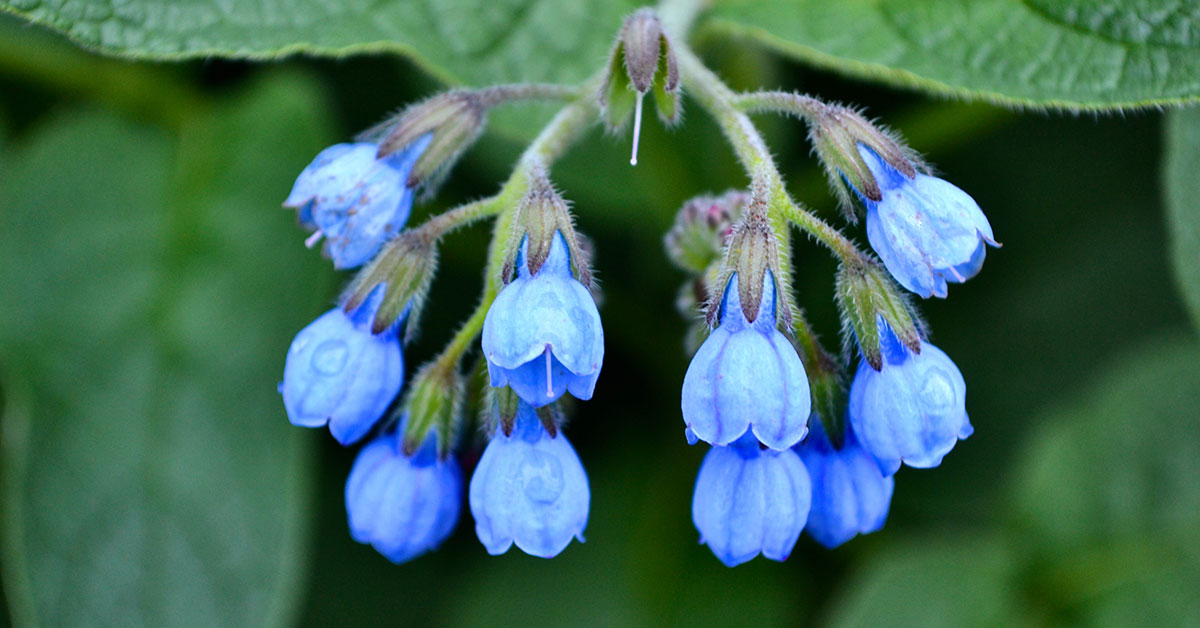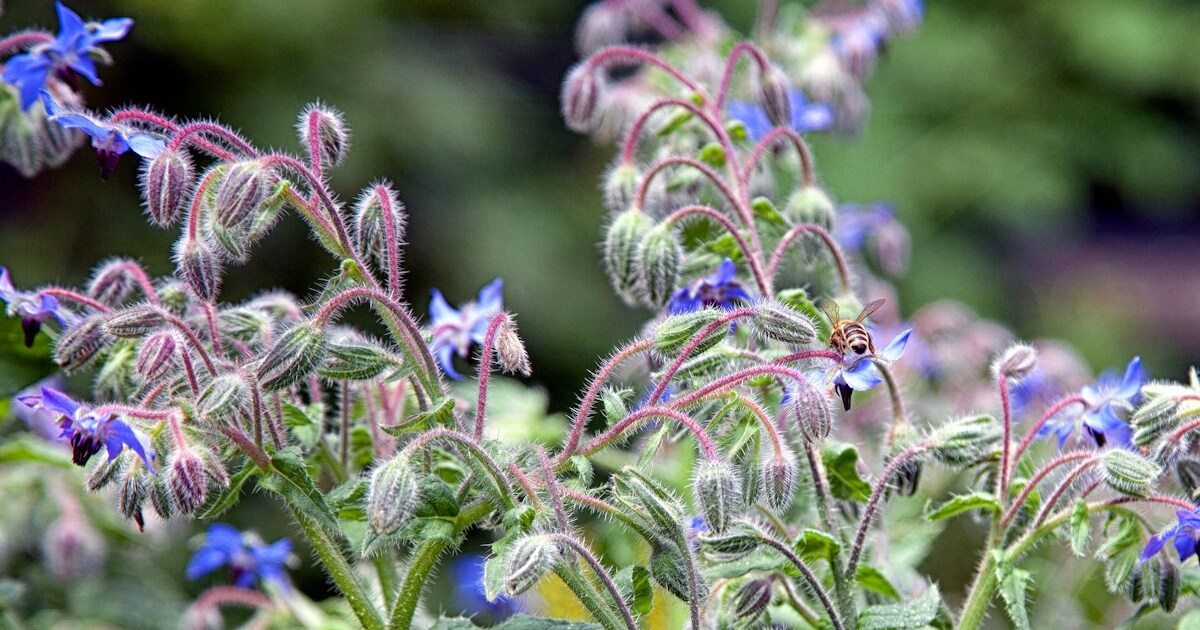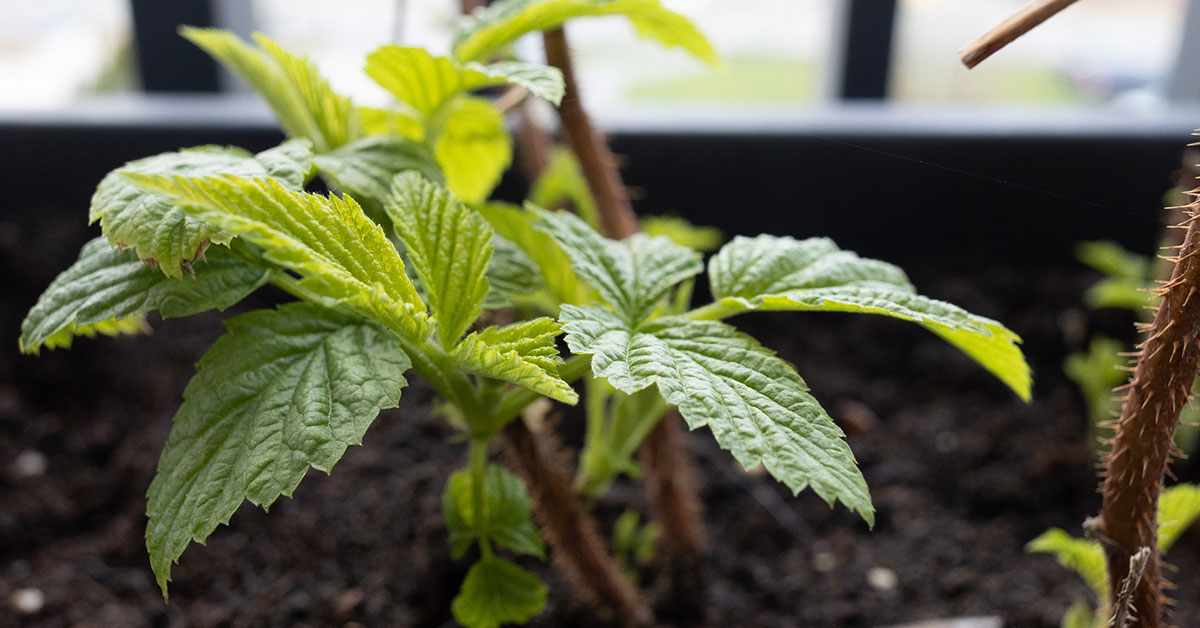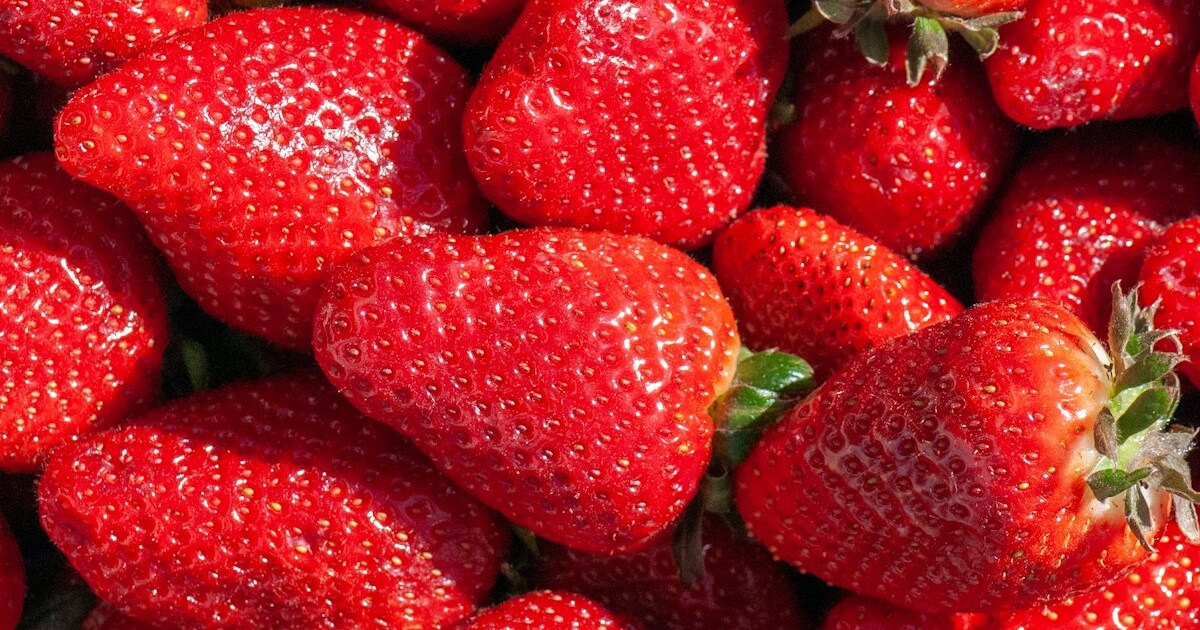Gardening is full of delightful surprises, and one of the most rewarding ways to add a splash of green to any space is by cultivating herbs in hanging baskets. I know how frustrating it is when space is limited or when your garden beds are already bursting with other plants – yet, hanging baskets offer an ingenious solution that brings both beauty and practicality. In my own gardening adventures, I’ve discovered that many of our favorite culinary and medicinal herbs thrive in these elevated planters, cascading gracefully while attracting beneficial insects and even providing cozy nesting spots for tiny critters!
In this article, I’m excited to share 12 essential herbs that not only lend vibrant color and aroma to your garden but are also perfectly suited for hanging baskets. Each herb has its own fascinating native background and unique growth habit—some are naturally trailing while others are compact and well-behaved, even if a few can be a bit invasive if left unchecked. Whether you’re an experienced gardener or just starting out, these herbs promise to transform your outdoor space into a living, portable herb garden that delights the senses and enhances your culinary creations!
Creeping Thyme

Creeping Thyme (Thymus serpyllum) is a charming, low-growing herb native to Europe that lends a delicate aroma and tiny, colorful blooms to hanging baskets. This hardy plant thrives in full sun and well-drained soils, and its naturally trailing habit makes it ideal for spilling over the edges of a container. I love how its small purple or pink flowers attract bees and butterflies, transforming your hanging basket into a miniature pollinator haven while subtly perfuming the air!
Not only does Creeping Thyme add beauty and fragrance, but it also helps suppress weeds and retains moisture, making it a perfect ground cover in your elevated garden. It’s non-invasive and low-maintenance, which means you can enjoy its delightful presence without constant pruning. For me, this herb is a little powerhouse that brings both culinary versatility and ecological benefits to any outdoor setting – a true treasure in a hanging basket!
Greek Oregano
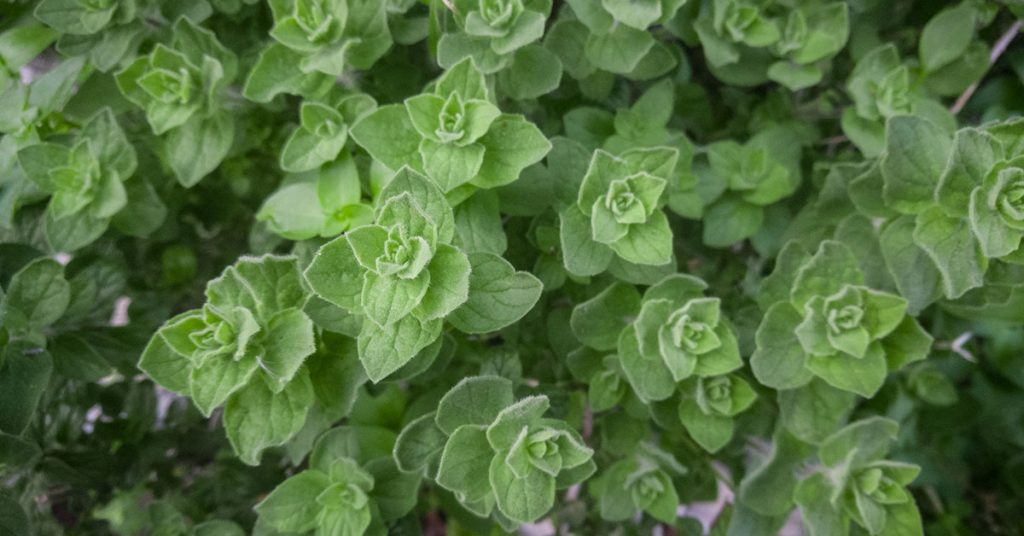
Greek Oregano (Origanum vulgare) is a robust herb native to the Mediterranean that brings a bold, peppery flavor to your dishes and a burst of green to your hanging baskets. Thriving in sunny spots with well-drained soil, this oregano variety has a trailing habit that lets it spill beautifully over the basket’s rim. Its aromatic leaves not only enhance your cooking but also attract bees and other beneficial insects, contributing to a healthy garden ecosystem.
While Greek Oregano can be quite vigorous and sometimes has invasive tendencies if not contained, using it in a hanging basket is a great way to manage its spread. I’ve found that regular pruning keeps it in check, ensuring that it remains a compact, flavorful addition to your herb collection. Embracing Greek Oregano in your hanging basket is a fantastic way to enjoy a taste of the Mediterranean while keeping your garden neat and full of life!
Spearmint
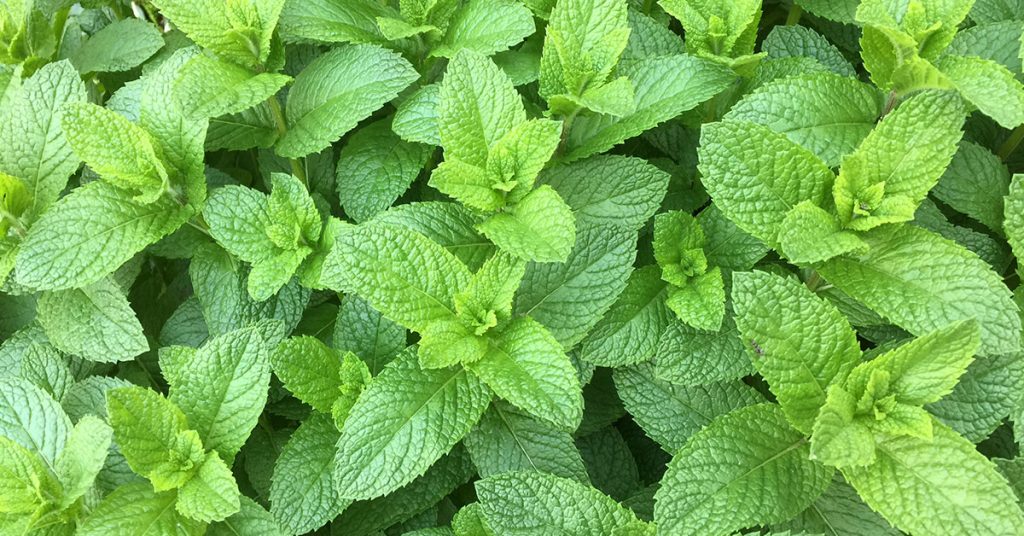
Spearmint (Mentha spicata) is a refreshing herb renowned for its sweet, minty aroma and cool flavor, making it a popular choice for teas and culinary delights. Native to Europe and parts of Asia, spearmint thrives in moist, partly shaded environments, but it adapts very well to container life in hanging baskets. I’m always amazed at how its trailing, vibrant green leaves cascade over the basket’s edge, creating a lush display that naturally attracts bees and butterflies while providing a refreshing scent that permeates the air.
However, spearmint is known for its vigorous growth and can become invasive if allowed to spread unchecked. In a hanging basket, its containment is easily managed, ensuring you enjoy all its benefits without the risk of it overtaking other garden areas. With proper care and occasional trimming, spearmint becomes a delightful, self-contained herb that adds both flavor and a cooling aesthetic to your outdoor space!
Sweet Basil
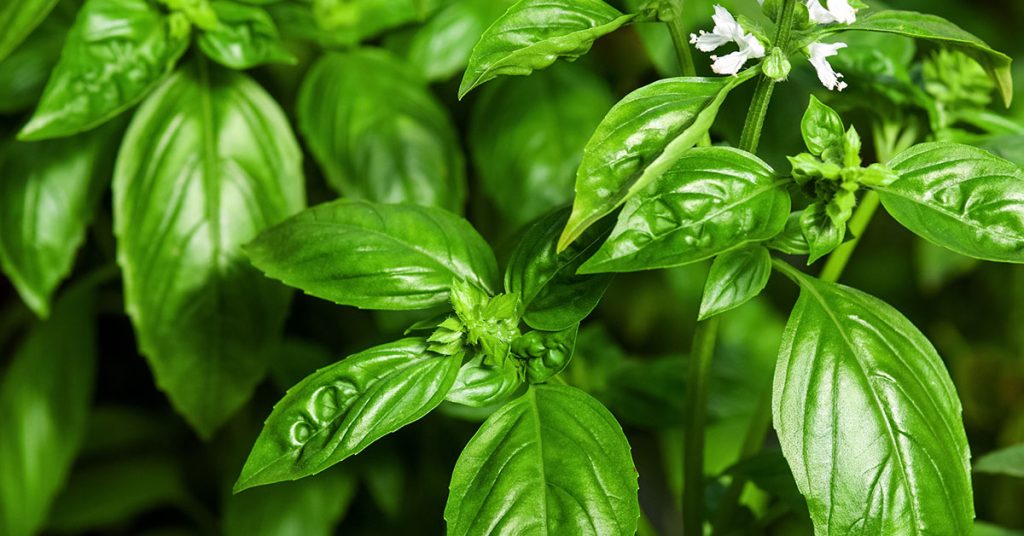
Sweet Basil (Ocimum basilicum) is a beloved culinary herb native to tropical regions of Asia that flourishes in warm, sunny conditions, making it a fantastic candidate for hanging baskets. Its lush, green leaves provide a wonderful aroma that elevates any dish, and the cascading growth habit of certain basil varieties makes them especially suited for container gardening. I’m always thrilled to see how basil’s vibrant foliage attracts bees and small butterflies, turning your hanging basket into a mini sanctuary of natural pollination!
Though basil tends to thrive rapidly, it is generally non-invasive when grown in a container, which makes it easy to manage. Regular harvesting not only provides you with fresh leaves for your kitchen but also encourages the plant to produce even more foliage throughout the growing season. For me, sweet basil in a hanging basket is the perfect way to merge culinary passion with garden beauty – a little herb that’s as delightful to the palate as it is to the eye!
Dwarf Rosemary

Dwarf Rosemary (Rosmarinus officinalis ‘Blue Spires’) is a fragrant, evergreen herb native to the Mediterranean, celebrated for its needle-like leaves and robust flavor. This compact variety is ideal for hanging baskets as it maintains a neat, bushy form without sprawling uncontrollably. I love how its aromatic foliage not only enhances your culinary dishes but also repels certain pests naturally, making it an excellent companion in organic gardening. Its blue flowers add a touch of elegance, attracting bees and small butterflies to your garden!
In a hanging basket, Dwarf Rosemary brings both beauty and practicality to your outdoor space. While it thrives in full sun and well-drained soils, its manageable size ensures that it won’t become invasive. I find that regular trimming helps maintain its shape and encourages new growth, ensuring a continuous supply of fragrant leaves. This herb is a fantastic addition to any garden, offering a blend of culinary delight, natural pest control, and a charming aesthetic that uplifts your entire outdoor setting!
Dwarf Lavender
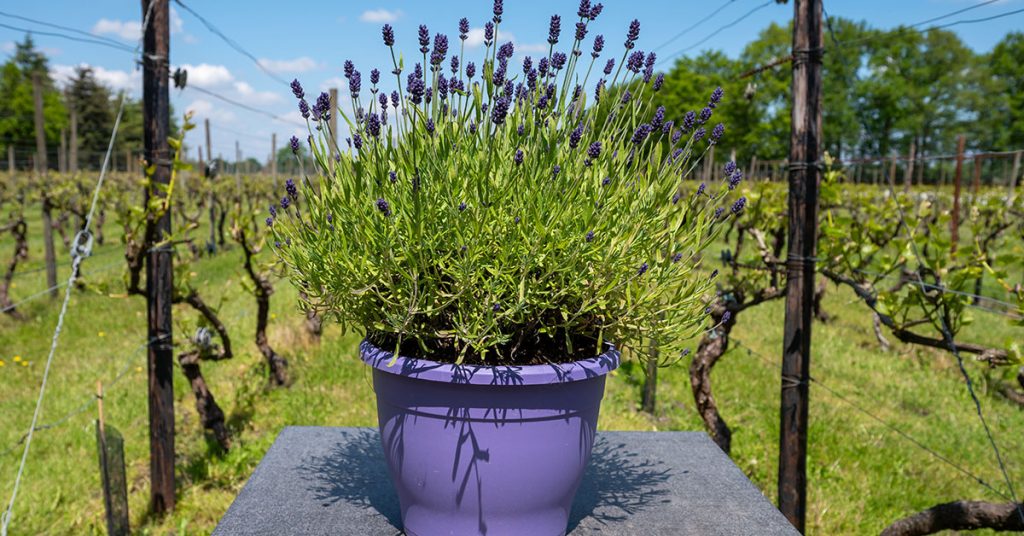
Dwarf Lavender (Lavandula angustifolia ‘Hidcote’) is a perennial favorite native to the Mediterranean, known for its soothing fragrance and elegant purple flowers. Thriving in sunny, well-drained conditions, this compact variety is perfect for hanging baskets, where its cascading form creates a beautiful display of color and aroma. I’ve noticed that its blooms attract bees, butterflies, and even small birds that sometimes find a safe perch among its branches, making your garden a lively, natural haven!
Despite its delicate appearance, Dwarf Lavender is hardy and non-invasive, making it easy to maintain in a container setting. Its low water requirements and natural pest-repellent properties add to its appeal, ensuring that it remains a low-maintenance yet striking addition to your herb collection. For any gardener who enjoys a little touch of proven Mediterranean magic, Dwarf Lavender in a hanging basket is a true delight that invigorates both the senses and the spirit!
Chives
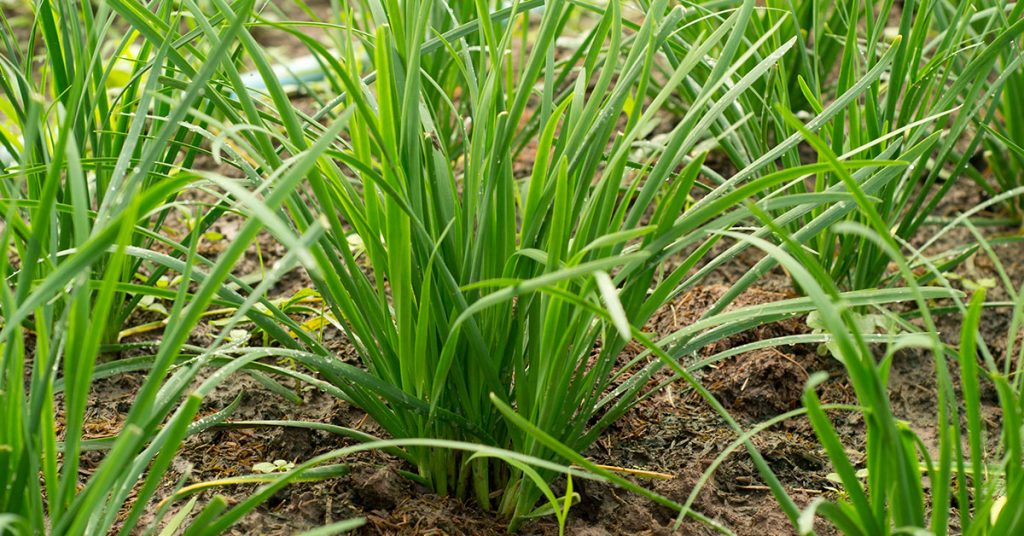
Chives (Allium schoenoprasum) are a versatile, edible herb native to Europe and Asia, prized for their mild onion flavor and attractive, slender leaves. Their graceful, clumping growth habit makes them an excellent candidate for hanging baskets, where their delicate purple blooms add a charming visual accent during the flowering season. I appreciate how chives not only enhance my culinary creations but also attract beneficial pollinators like small bees and hoverflies, which contribute to a vibrant garden ecosystem.
Chives are generally non-invasive and require minimal maintenance, making them perfect for container gardening. Their compact form means they can be easily trimmed to encourage fresh growth, and the resulting clumps create a soft, textured display that appeals to both the eye and the palate. In my experience, chives in a hanging basket bring a subtle yet essential flavor boost while also supporting the natural cycle of pollination in an organic garden setting!
Sage
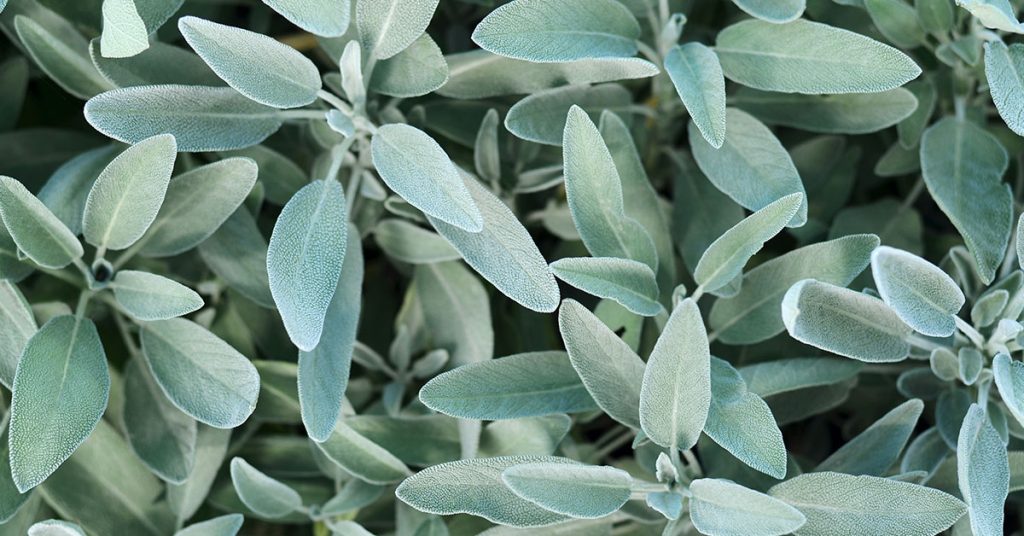
Sage (Salvia officinalis) is a time-honored herb native to the Mediterranean, valued for its earthy, robust flavor and its numerous culinary and medicinal benefits. This herb thrives in full sun and well-drained soils and, when grown in a hanging basket, its compact growth habit and soft, silvery-green leaves create a beautiful, aromatic display. I enjoy how sage’s subtle fragrance naturally repels pests while attracting a host of beneficial insects, such as bees and butterflies, which help maintain a balanced garden ecosystem.
Though sage can spread moderately in open fields, it is typically non-invasive when cultivated in a contained hanging basket. Regular pruning ensures that it remains compact and vigorous, allowing you to harvest its flavorful leaves throughout the growing season. Sage is a true testament to the idea that even the most utilitarian herbs can add beauty and a sense of history to your garden, blending traditional medicinal uses with a modern, organic approach to container gardening!
Marjoram

Marjoram (Origanum majorana) is a delicate herb with a sweet, mild flavor that enhances a wide variety of dishes, and it thrives beautifully in hanging baskets. Native to the Mediterranean region, marjoram prefers full sun and well-drained soil, where its trailing habit allows it to spill gracefully over the edge of containers. I love how its soft, aromatic leaves attract beneficial pollinators like bees and butterflies, which add a lively energy to your garden while supporting the natural balance of your ecosystem.
Marjoram is generally non-invasive, making it an ideal choice for gardeners who want a continuous supply of fresh herbs without the risk of it overtaking other plants. Its low-maintenance nature and subtle, yet complex flavor profile make it a prized addition to any culinary herb garden. Embracing marjoram in your hanging basket means enjoying the best of Mediterranean tradition right at your fingertips, along with the added bonus of a beautifully cascading plant that uplifts your outdoor space!
Lemon Balm
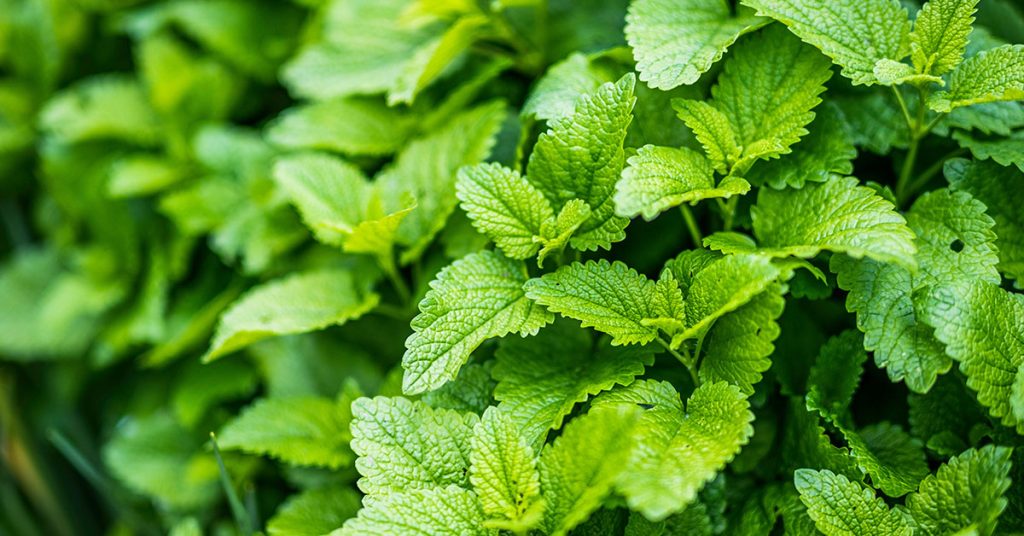
Lemon Balm (Melissa officinalis) is a wonderfully aromatic herb native to Europe and Central Asia, known for its bright, lemony scent and gentle flavor. Thriving in partial shade and well-drained soils, lemon balm is an excellent choice for hanging baskets, where its trailing habit and lush, heart-shaped leaves create a soft, inviting display. I appreciate how its citrus aroma not only adds a refreshing note to teas and culinary dishes but also attracts beneficial insects, including bees and small butterflies, which help pollinate nearby plants.
While lemon balm has the potential to become invasive in some outdoor settings, growing it in a hanging basket keeps its spread contained and manageable. Its vigorous growth is tempered by regular trimming, which encourages lush, dense foliage that enhances its natural beauty. For any gardener seeking a splash of lemony freshness with minimal fuss, lemon balm in a hanging basket is a delightful and practical choice that brings both flavor and ecological benefits to your space!
Parsley
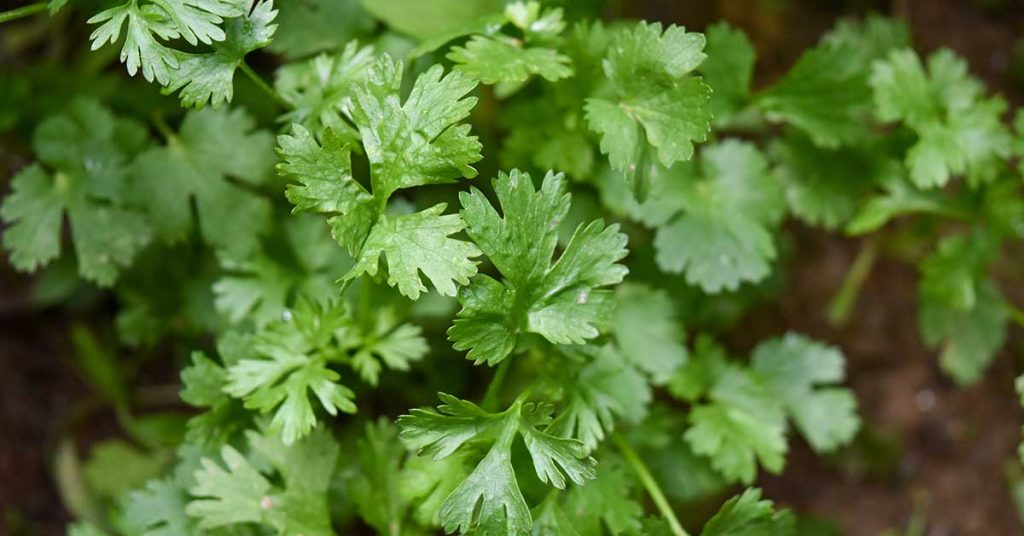
Parsley (Petroselinum crispum) is a versatile herb native to the Mediterranean region that excels in container gardening, making it a wonderful addition to hanging baskets. Its bright green, curly or flat-leaf forms add a refreshing visual texture to your garden, and its robust flavor makes it indispensable in the kitchen. I enjoy how parsley’s delicate clusters of tiny flowers attract bees and other beneficial insects, which not only help with pollination but also enhance the overall biodiversity of your herb garden.
Parsley is generally non-invasive, and when grown in a hanging basket, it remains compact and easy to maintain. Regular harvesting encourages new growth, ensuring a continuous supply of fresh leaves throughout the season. Whether you’re using it as a garnish or blending it into sauces and salads, parsley in a hanging basket is a testament to how even the simplest herbs can brighten up your garden and your meals alike!
Cilantro
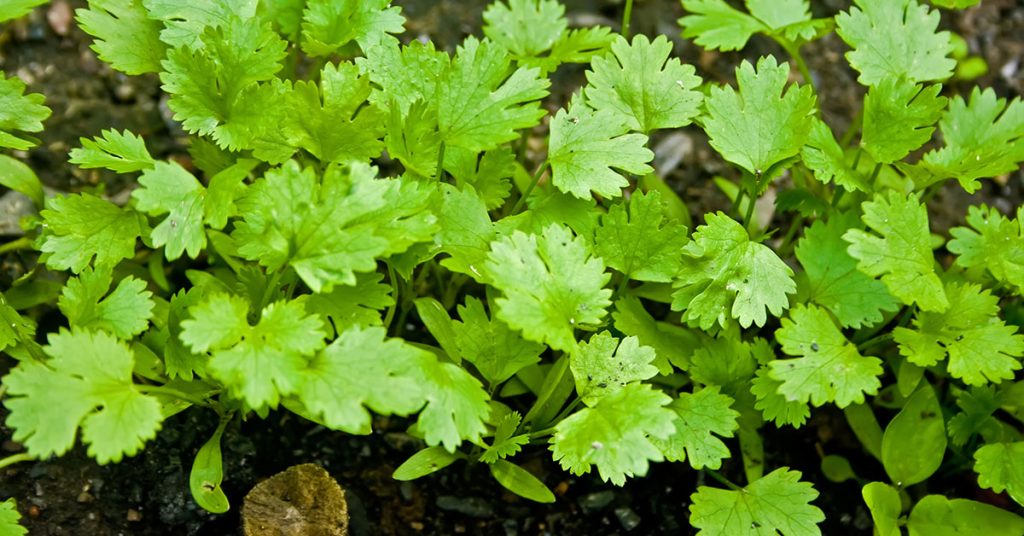
Cilantro (Coriandrum sativum) is an herb with a distinct, citrusy flavor that is both celebrated and polarizing, and it adapts surprisingly well to container growth in hanging baskets. Native to regions spanning from Southern Europe to Western Asia, cilantro thrives in cooler conditions and partial sun, producing delicate, lacy leaves and tiny white flowers that attract bees and small butterflies. I’ve found that its cascading form and subtle aroma make it a charming, space-saving addition to my herb collection, adding a fresh, zesty twist to my culinary adventures.
Although cilantro is known to bolt quickly in high heat, growing it in a hanging basket in a cooler, partially shaded spot can extend its productive period. Its non-invasive nature ensures that it stays contained within the basket, while the tiny flowers occasionally offer a brief, yet attractive, display that entices beneficial pollinators. For gardeners looking to infuse their outdoor space with a burst of citrusy freshness and unique flavor, cilantro in a hanging basket is an unexpected delight that proves container gardening can be both practical and stylish!


